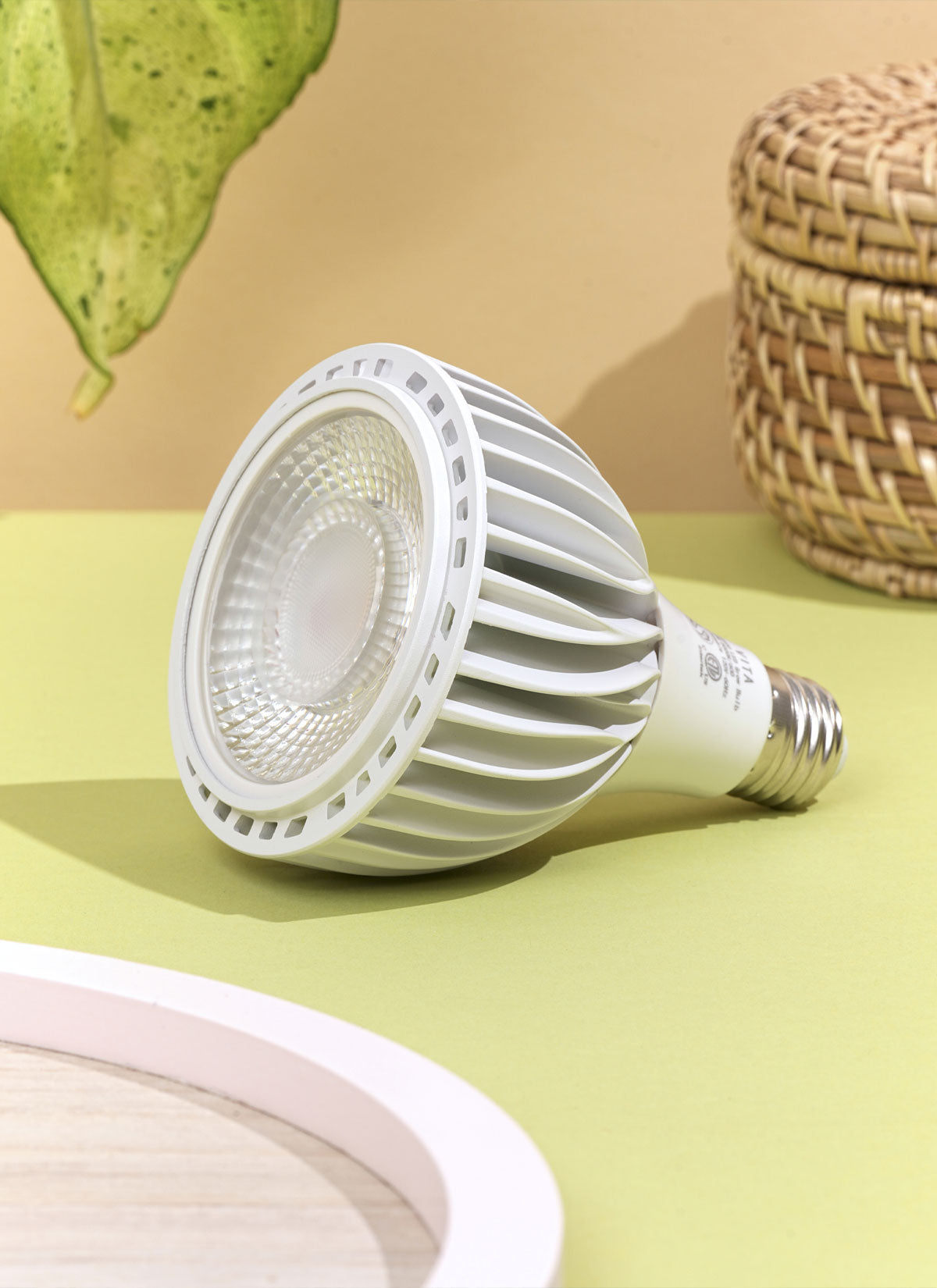Quick Tip: Water until water comes out of drainage holes. Allow top 2 inches of soil to completely dry between waterings.
Anthuriums are tropical plants that require specific watering techniques to thrive indoors. One of the most important aspects of watering Anthuriums is ensuring that the soil is moist but not waterlogged. Overwatering can cause root rot and kill the plant, so it is important to let the soil dry out slightly before watering again. The best way to determine if your Anthurium needs water is to check the top inch of soil - if it feels dry to the touch, it's time to water. When watering, pour water into the pot until it begins to drain out of the bottom, ensuring that the entire root system is saturated. Allow any excess water to drain away, as sitting in water can also cause root rot. Additionally, using room temperature or lukewarm water is recommended, as cold water can shock the roots. Watering frequency will depend on factors such as the size of the plant, the pot size, and the environmental conditions, but on average, anthuriums should be watered every 7-10 days.




















